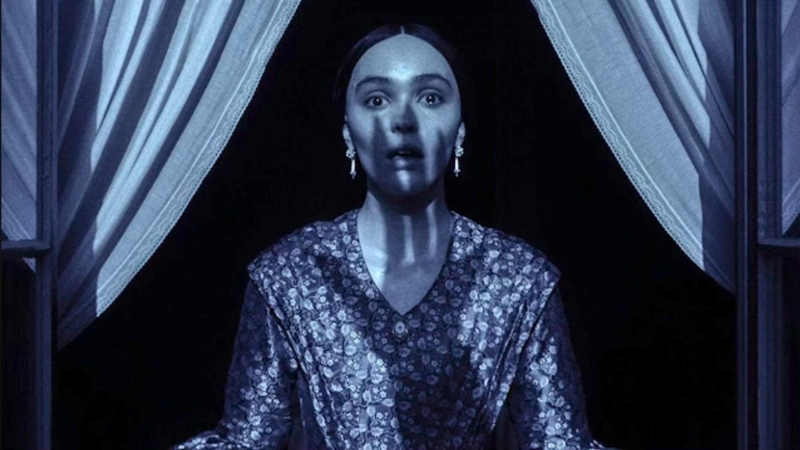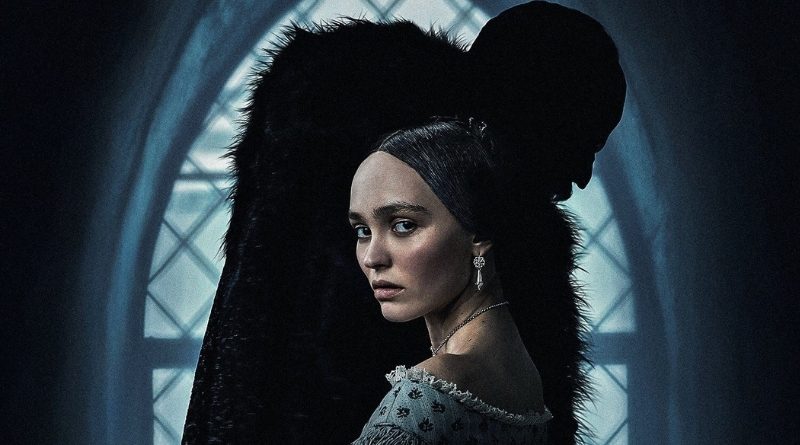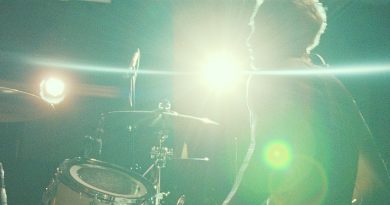Movie Review: Nosferatu
One-liner: While aloof, a sharp cast and director empower this atmospheric, ethereal, haunting and moody remake of the classic black-and-white horror.
Eggers’ Nosferatu is a visually stunning and unsettling gothic horror that pays homage to the original while forging its own path, though it suffers from a slight disconnect in character connection. F.W. Murnau’s Nosferatu: A Symphony of Horror is a classic 1922 black and white horror film, one of the earliest vampire narratives, revered in film studies for its masterful use of shadows and fast motion. This influential work remains highly relevant today.
Given the success of Robert Eggers on films like The Witch and The Lighthouse, and the current prominence of elevated horror as a subgenre, it’s no surprise talk surfaced about a centenary remake. Curiosity naturally followed: what could this visionary filmmaker achieve with the advantage of modern cinema? While the vampire genre risks exhaustion after decades of reinvention, handing the reins to someone with Eggers’ talent presented an exciting opportunity.
Set in the 1830s, a realtor by the name of Thomas Hutter travels to Transylvania to meet the enigmatic Count Orlok. Hutter leaves his bride-to-be in the care of his friends. When Ellen starts to experience horrific visions, the couple begin to realise the dread and evil may be emanating from his prospective client.
Eggers delivers: a beautiful, haunting, and unsettling horror that pays tribute to the original while creating something fresh. The ethereal and haunting quality remains, a testament to the original film’s power. By leaning into what now seem like genre tropes – the castle, the crypt, Orlok’s disturbing nature – Eggers enhances the film’s otherworldly feel. The effort to maintain meticulous mise-en-scène makes this gothic period piece drama deeply immersive.

“I feel a chill.”
As we’re swept into the dark majesty of this beautifully composed film, we notice significant changes, especially in Count Orlok’s appearance and slithery voice. Often shrouded in shadow, his distinct vocal intonation vibrates long after the credits. By keeping action in controlled spaces, Eggers builds an atmosphere that is both memorable and profoundly unsettling. Dealing with themes of possession, seduction, and the limits of psychology, the film centres on the realtor’s young wife, who becomes the crux of the horror as Orlok exerts his control. The cinematography is spellbinding, managing to capture the original’s essence while reinventing elements that made Nosferatu: A Symphony of Horror so chilling.
Despite its visual intoxication, the film possesses a discordant feel at times, taking its journey slowly, even while using modern effects discreetly. This leads to the central disconnect. While the script adopts an old-world formality in its language – at times echoing Shakespeare -this choice creates distance. The audience is often trying to decipher words, which can pull focus from the immediate emotional stakes. The cast makes the material their own, particularly Willem Dafoe, who seems most at home, having previously played in the Nosferatu-inspired film, Shadow of a Vampire, and collaborated with Eggers.
Orlok is indeed grotesque and menacing – a spindly, shadowy creature whose presence dominates. Unfortunately, Nicholas Hoult’s performance can feel hollow and bland, perhaps overshadowed by his co-stars and simply serving as a vessel for the audience. Bill Skarsgard is mostly hidden by prosthetics but captures the character, having had similar limitations with Pennywise. Lily Rose-Depp is completely invested in Ellen with a captivating and disturbing performance.
As talented as each of its cast are, the film suffers without a likable, true or noble character to latch onto, leaving the audience adrift. Whether bland or self-serving, there’s a vacuum when it comes to emotional connection. Consequently, the film becomes more an exercise in aesthetic appreciation than one of genuine connection.
In the end, while there is plenty to admire in the atmosphere and the truly unnerving moments, the emotional stakes feel muted. We remain somewhat disinvested in the characters’ plight. Nevertheless, Nosferatu is a handsome, effective, and high-quality remake that honours its predecessor and justifies its existence through the curious contrast between early cinema and modern technique. It is a worthy nod to the indelible original 100 years on with a harrowing outcome, guided by a well-versed director. Dark, grotesque and spellbinding at its best, this well-intentioned horror remake struggles to connect all the emotional dots.
The bottom line: Haunting





